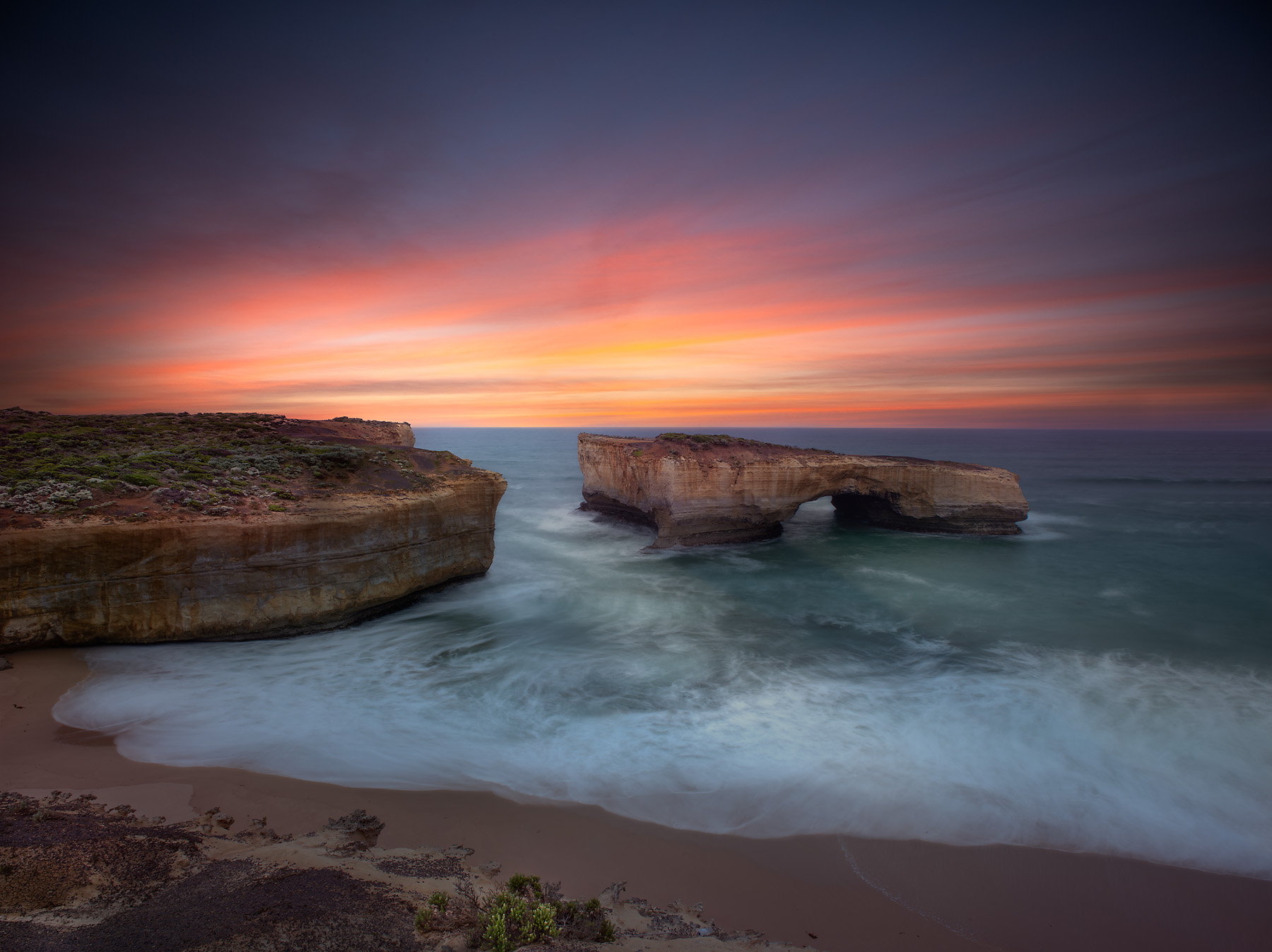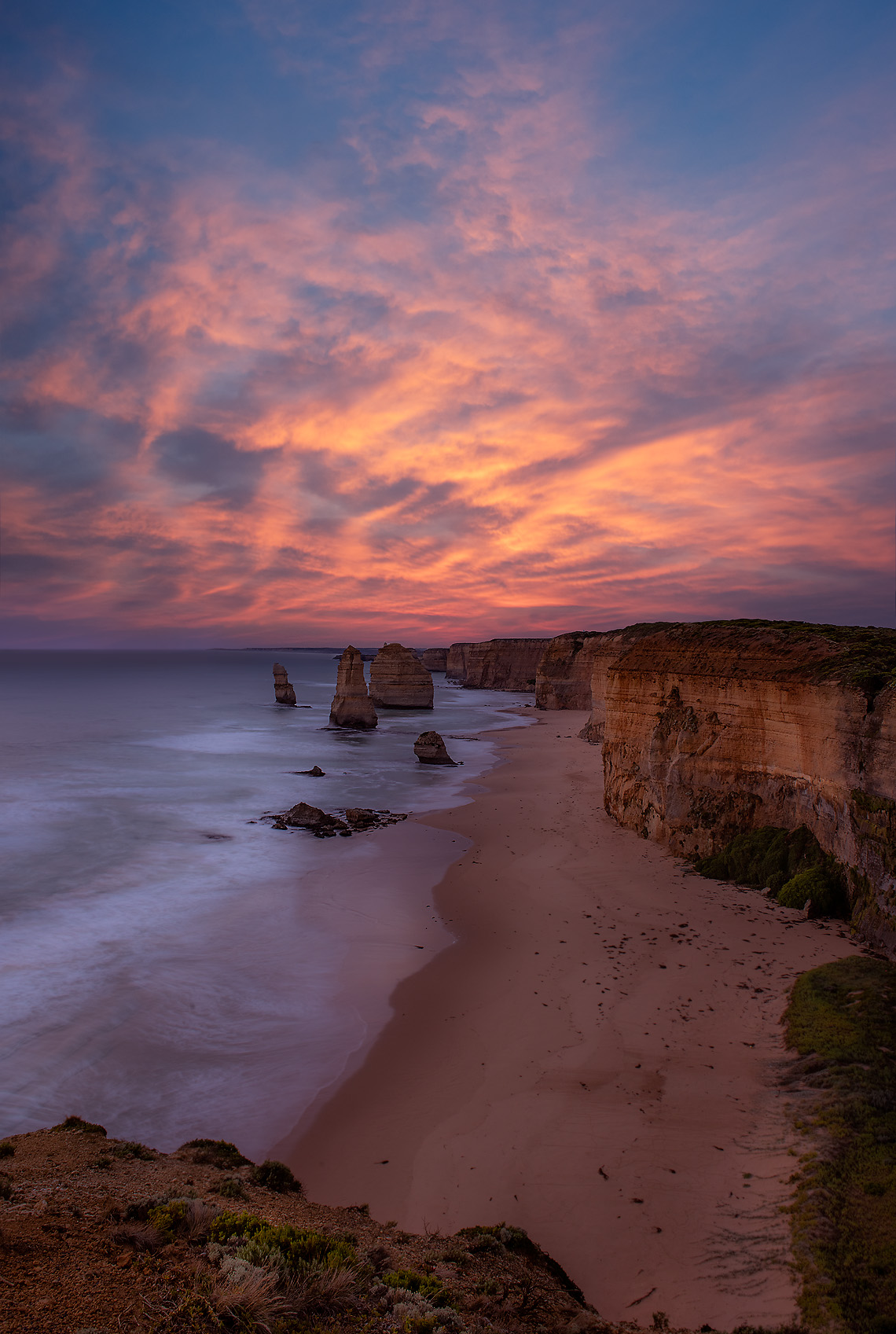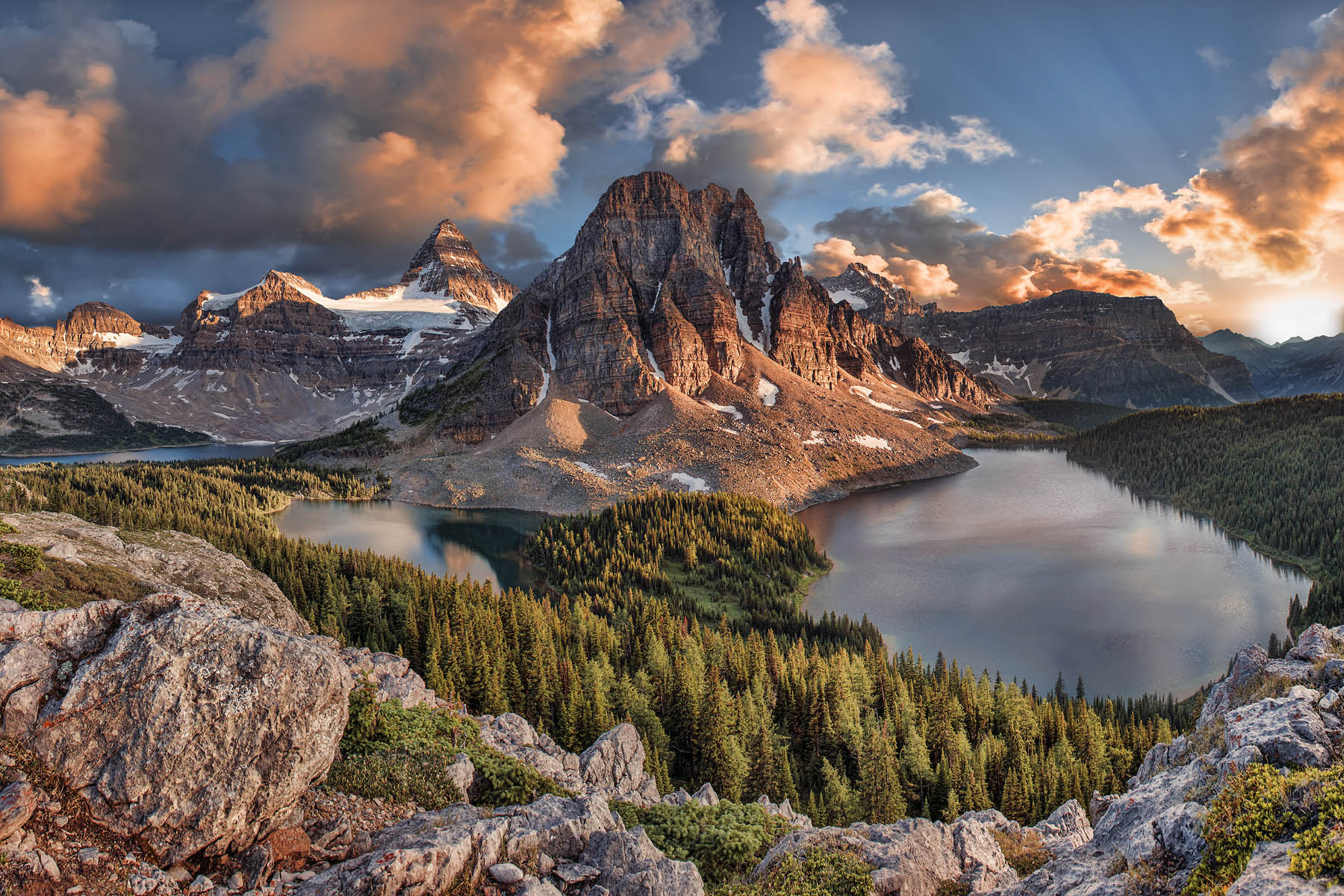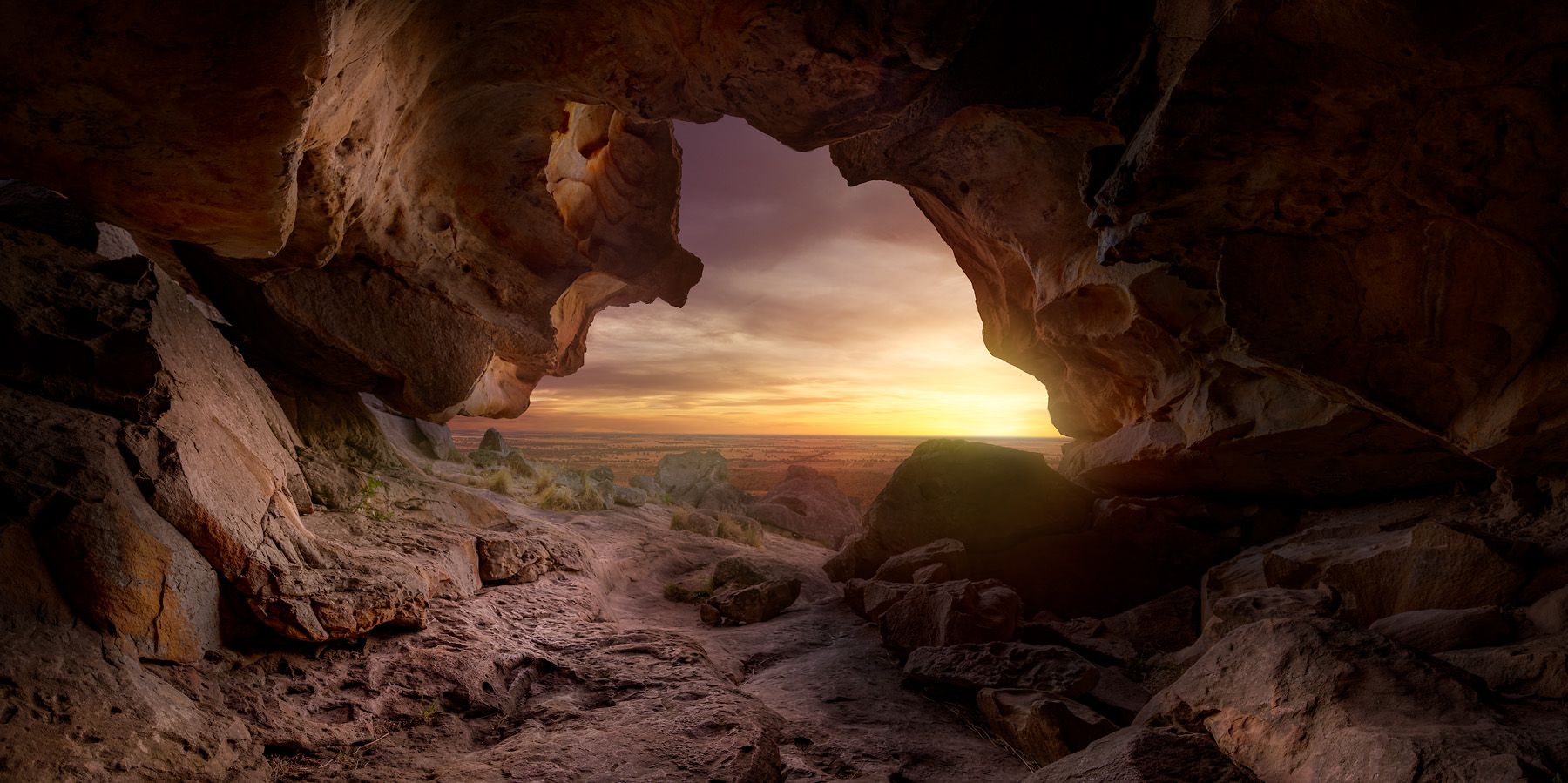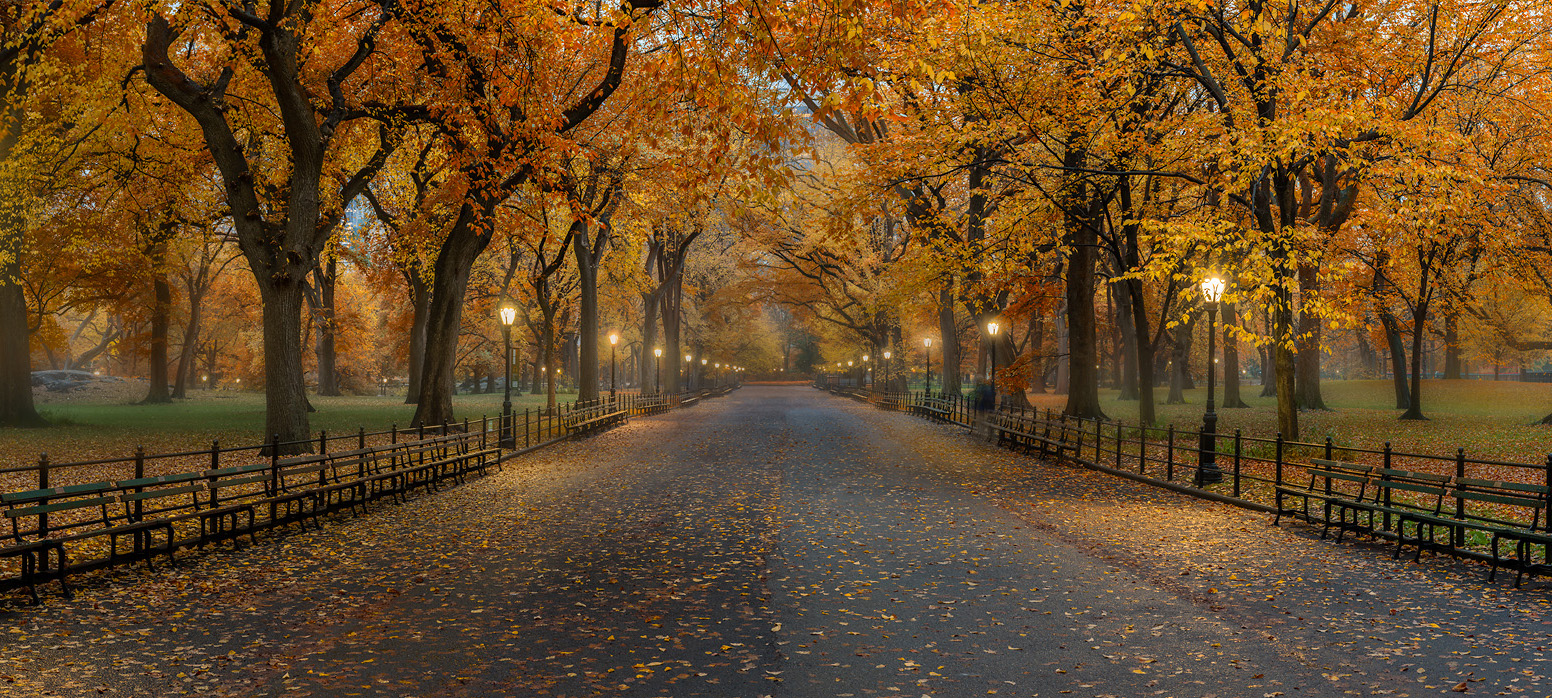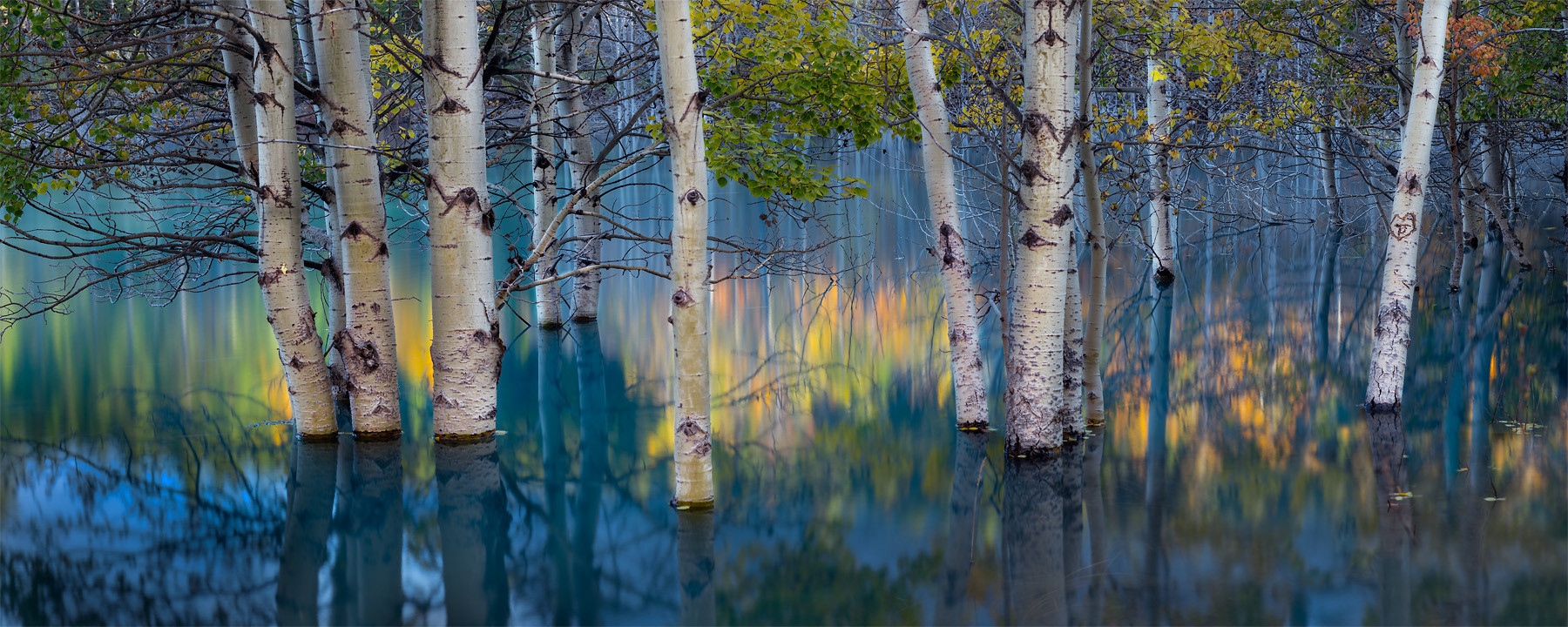Landscape Photography
Let’s take a break from the ordinary and dive into the extraordinary world of landscape photography. Grab your camera, slap on your best pair of hiking boots, and let’s embark on a journey filled with majestic mountains, serene lakes, and maybe even a mischievous squirrel or two.
First things first: if you’re new to landscape photography, brace yourself for the most intense workout of your life. Forget the gym—lugging around a backpack stuffed with lenses, tripods, filters, and snacks is the ultimate fitness challenge. By the time you reach your destination, you’ll have buns of steel and arms that would make Dwayne “The Rock” Johnson jealous. Who needs dumbbells when you have camera gear, right?
Now, let’s talk about the magical process of finding the perfect spot. It’s like hunting for a unicorn wearing camouflage. You scour the internet, consult maps, talk to local experts, and finally, after days of planning, you arrive at the location. But alas, Mother Nature decides to play a practical joke on you. The weather gods have conspired to create the most breathtakingly beautiful sunrise ever…on the one day, you forgot your camera battery at home. Still sitting in that overnight charger. Murphy’s Law strikes again!
Nature Knows Best
Let’s not forget about the classic battle of nature versus technology. Remember those stunning photos you admired online? Well, capturing them yourself is like trying to catch a butterfly with a fishing net. You’ll learn to embrace the art of patience as you wait for the perfect light, only for a cloud to saunter by and steal the show. Oh, and let’s not even get started on the wind—a relentless force of nature that laughs in the face of tripods and tests your ability to chase after your rolling lens cap like a dog chasing its own tail.
Patience is Everything
But my dear landscape photographers, it’s in these moments of chaos and unpredictability that the true magic happens. When you least expect it, you stumble upon a hidden gem, a scene so breathtaking that it takes your breath away, along with your sense of balance as you trip over your own feet in awe. It’s the kind of sight that makes you forget about your aching muscles, soggy socks, and the mosquito bite the size of Texas on your forehead.
Some Practical Advice for Landscape Photography
Here I’d like to summarise some practical advice for beginners who embark on the journey of landscape photography.
Invest in a sturdy tripod
You may be tempted to buy the cheapest tripod out there but trust me, you’ll regret it when it collapses like a wet noodle in a gust of wind. Invest in a solid, reliable tripod that can withstand the elements and keep your camera steady for those long exposure shots. Choosing your tripod is a balancing act between sturdiness, price and weight. You can’t have all and have to compromise.
Wide-angle lens for the landscape photography
When it comes to capturing the vastness and grandeur of landscapes, a wide-angle lens is your best friend. It allows you to fit more into the frame and create a sense of depth. Just be careful not to go too wide, or your photos might start looking like a Salvador Dali painting. I usually have with me Nokin 14-24 f2.8 and 24-70 f2.8 which cover the creative range nicely for most of the shooting conditions.
Filters to the rescue
Filters can work wonders in landscape photography. A polarizing filter helps reduce glare and enhances colours, while a neutral density (ND) filter allows you to control the amount of light entering the camera, enabling longer exposures and dreamy water effects. Just be careful not to drop them in a rushing river or confuse them with your lunch. I usually don’t use them and at least on three different occasions, I wish I had 🙂
Don’t forget spare batteries and memory cards
The last thing you want is to run out of battery power or storage space when you stumble upon that perfect sunset. Pack spare batteries and plenty of memory cards to ensure you don’t miss a single magical moment. And for the love of all things photographic, remember to format your cards before each shoot!
Cleanliness is key
Dust and smudges on your lens can ruin an otherwise fantastic shot. Keep a lens cleaning kit handy to wipe away those pesky blemishes and make your images shine. Oh, and don’t forget to clean your camera sensor too, unless you want mysterious specks to magically appear in all your photos like they’re part of some hidden constellation.
Master the art of exposure
Understanding exposure is crucial for landscape photography. Learn to balance your shutter speed, aperture, and ISO to achieve the desired level of brightness and sharpness. And if you’re feeling brave, try your hand at bracketing and blending multiple exposures for those jaw-dropping HDR shots. Just don’t go overboard and turn your landscapes into alien landscapes!
Lighting in Landscape Photography
Lighting is another important aspect of landscape photography. The quality and direction of light can greatly affect the mood and tone of a photograph. Landscape photographers often prefer soft, diffuse light. It helps to evenly light the scene and reduce harsh shadows. Early morning and late afternoon are often considered the best times for landscape photography, as the low angle of the sun creates warm, golden light.
Perspective in Landscape Photography
Another important aspect of landscape photography is perspective. Changing the perspective from which you photograph the scene can greatly alter the appearance of the subject. Shooting from a high vantage point can give a sense of grandeur and scale while shooting from a low vantage point can give a sense of intimacy and place the viewer in the scene.
Technique
Remember, while gear is important, the most important thing is your creativity and ability to see beauty in the world around you. So, equip yourself with the right tools, but don’t let them overshadow your unique perspective and sense of humour as you embark on your landscape photography adventures!
Conclusion
So, fellow adventurers, embrace the quirks, laugh at the unexpected, and keep snapping away at the incredible world around us. Landscape photography is not just about capturing beautiful images; it’s about embracing the wild, the wacky, and the wonderfully unpredictable. So go out there, defy gravity, make friends with squirrels, and let your camera be your guide through the hilarious rollercoaster ride that is landscape photography!
Remember, a photo may be worth a thousand words,
To be continued…


